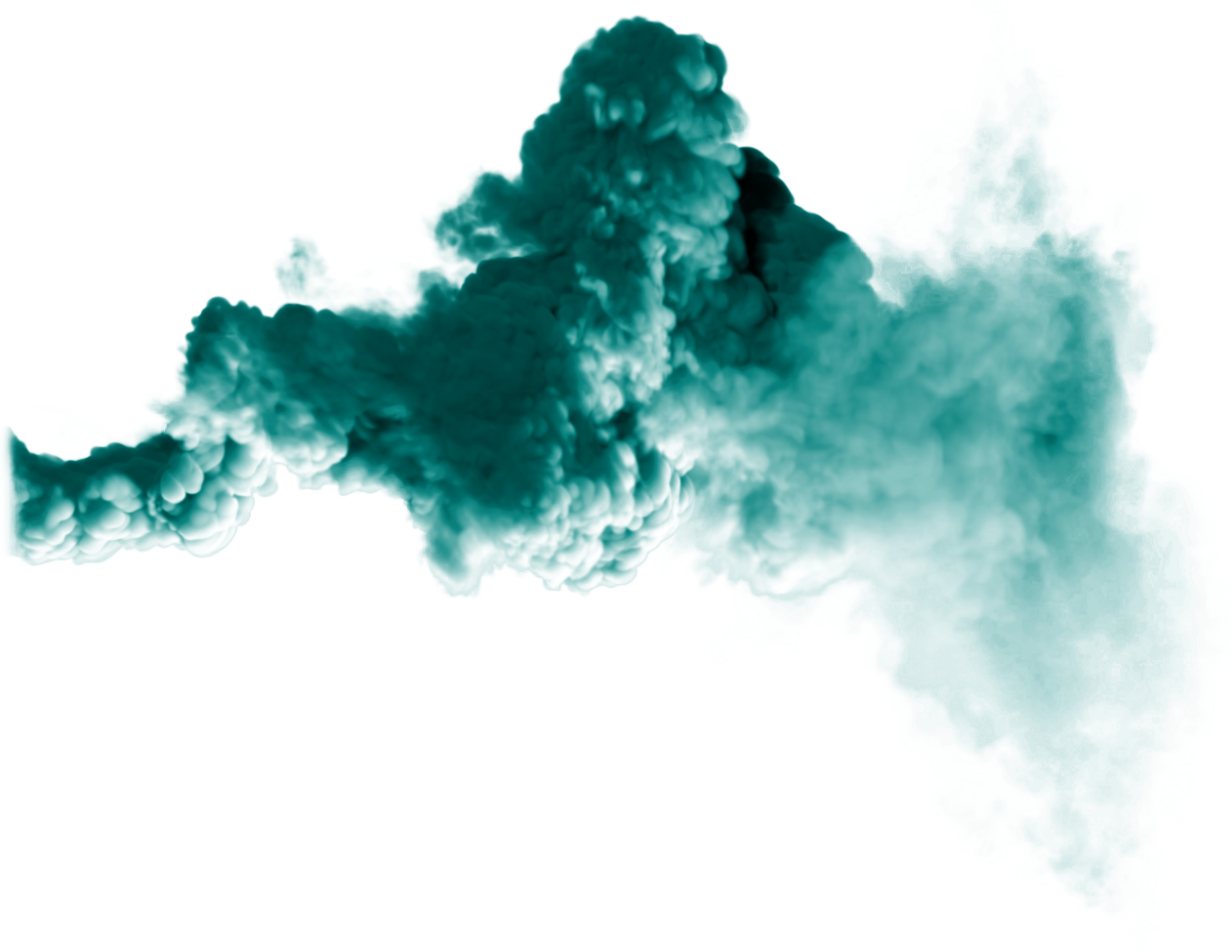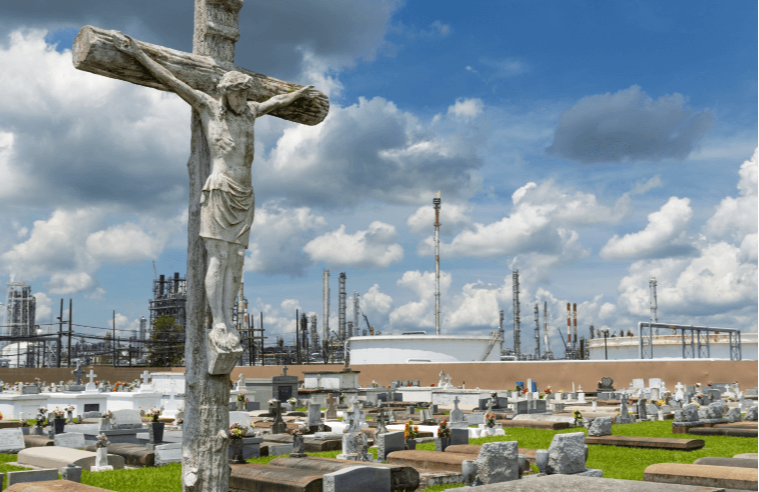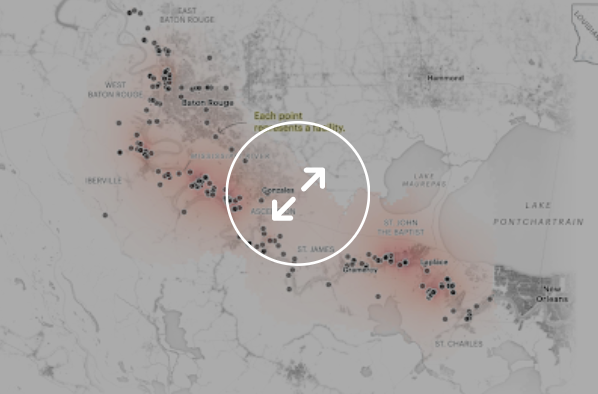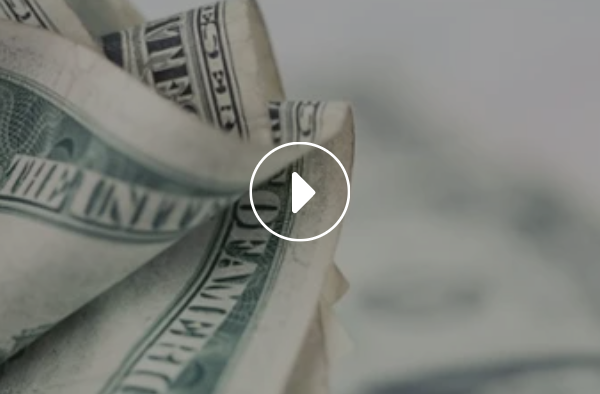Chapter 1
Sustainable Development:
The Three Pillars of Sustainability
The sustainability pillars provide a framework for applying a solutions-oriented
approach to sustainable development.
Economic


Pursuing profit at-all-costs results in severe consequences for the environment.
Environmental


The environment in which we live directly impacts our health.
Social


Social inequities have a negative effect on the economy.
Economic


Pursuing profit at-all-costs results in severe consequences for the environment.
Environmental


The environment in which we live directly impacts our health.
Social


Social inequities have a negative effect on the economy.
Environmental Sustainability
What good looks like:
- Protecting and enhancing our natural and developed environment—our water quality, air quality, and reduction of environmental stressors, like greenhouse gas emissions.
- Improving biodiversity

- Using natural resources wisely
- Minimizing waste and pollution
- Adapting to and helping to decrease climate change

The environment in which we live directly impacts our health.

Essential Reading
The Most Detailed Map of Cancer Causing Industrial Air Pollution in the U.S.
Cancer Alley
In Louisiana, an 85-mile section of land between Baton Rouge and New Orleans goes by the name “Cancer Alley.” There are over 150 fossil fuel and petrochemical facilities packed in with suburban communities and small towns. The facilities tend to be concentrated in the poorest communities—especially those of color.
Here, residents complain of chemical mists that fall like raindrops in the evenings. An acrid odor hangs ever-present in the air. Fruit trees bear black leaves, and there’s an oily taste to the water.
Residents of St. John the Baptist, a two-mile community surrounded by petrochemical plants, are 800 times more likely than the average American to get cancer in their lifetime, according to a Business Insider profile.
Social Sustainability
What good looks like:
- Fostering a good quality of life and ensuring basic needs are met for all members of society at the individual, group, and community level (health, housing, education, employment, resource security, and safety)
- Providing equitable opportunities and outcomes for all members

- Implementing and maintaining democratic processes, in addition to open and accountable structures of governance
- Promoting and encouraging diversity
- Creating systems and structures that support connectedness within and outside the community

Social inequities have a negative effect on the economy.

The Impact of Inequity
Many economists argue that inequality leads to economic instability. We see this with globalization and indigenous peoples, for example.
But how does that happen, exactly? Well, compared to the poor, rich people use a smaller proportion of their income. Their exponentially larger paycheck means that, after expenses, there’s plenty left over. They save money which those with lower incomes would spend out of necessity.
As inequality widens, the rich save more and the poor spend less, which eventually leads to a reduction in total demand. When demand is down, jobs are gutted. Unemployment increases, as does the inequality gap.
A surge in unemployment cues the government to step in and stimulate demand—lowering interest rates, for example. This, however, feeds into asset bubbles, like the bloated housing prices in 2007—and even in 2021, post-COVID. Individuals dealing with low or declining incomes have to borrow in order to afford their expenses. The situation becomes so tenuous that a rise in interest rates or unemployment could result in defaults, bankruptcies, and catastrophe.
Inequity is so impactful to sustainability efforts that the first of the sustainable development goals is “No poverty.”
Economic Sustainability
What good looks like:
- Inventing better and more useful products for the population that, rather than having little-to-no negative impact on the environment, have a positive one
- Aligning lending and investment policies with sustainability goals

- Quantifying ecosystem services—measuring the value of natural environments and the benefits they provide—and incorporating them into value chain indexes
- Nature and its bounty and beauty are priceless. However, when we don’t price resources because they seem incalculable, we have a tendency to disregard trade-offs and think of them as “free.”

Pursuing profit at-all-costs results in severe consequences for the environment.

Depletion of Natural Resources
Companies rely on the extraction of natural resources to make their products: trees, oil, water, coal, just to name a few. When those resources are being extracted and used faster than they can replenish themselves? That’s called resource depletion, and it’s happening right now on a global scale—and at an alarming rate.
Depletion is caused by overpopulation, waste, mining, industrial development, deforestation, erosion, and pollution and contamination of resources. While some of our natural resources can replenish themselves, others are non-renewable. Without proper management, rationing, and innovation, these resources will run out and stay that way.
Homes and communities have approximately 58.6 years left to use natural gas for their heating, cooking, and hot water needs. As of 2010, there are 188.8 million tons of oil left in the reserves. If demand continues, we can expect global transportation to undergo a severe collapse in 46.2 years.
And despite our planet being 70% water, only 2.5% of that is freshwater. Of that 2.5%, most water is in the form of ice or permanent snow cover. Predictions from the United Nations estimate that by 2025, 1.8 billion people will not have water to drink.











